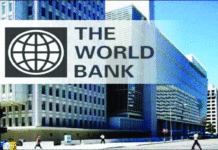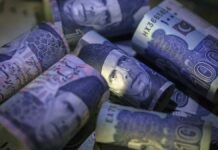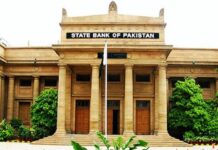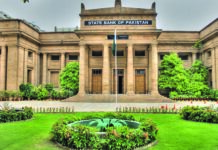
KARACHI: A senior economist of the central bank on Tuesday said Pakistan earns only $1 billion via sales of one million cotton bales compared to Vietnam’s $8 billion and Bangladesh $6 billion.
Ms Asma Khalid, a senior economist at the central bank was speaking at a seminar on “Stimulating Firm Productivity for Growth” conducted by the State Bank of Pakistan in partnership with Institute of Business Administration (IBA), International Growth Centre (IGC) and Consortium of Development Policy Research (CDPR), reported Dawn.
IGC’s Salam Ali stated according to recent World Bank data the country’s bilateral costs were very large compared to other developing economies. During the seminar it was disclosed Pakistani products reached 56 percent innovation, with Punjab leading in skills development execution and Sindh ahead on innovation front.
Mr. Ali shared statistics from a Commonwealth Secretariat report which mentioned Pakistan’s exports to Commonwealth nations stood at $4 billion against a potential of $20 billion.
He added Pakistan’s trade cost was static compared to its neighbours, China and India whose costs had been decreasing each year.
The speakers at the seminar spoke a spike in demand for higher garment imports in China had opened the window for other nations like Pakistan to get a larger share.
A research paper of CDPR stated due to increase in labour cost in China, rising demand for garments across Asian economies and GSP+ status provided Pakistan with a great chance to boost its textile and garments exports.
They shared by 2019, China would become the worlds largest apparel market, which would open opportunities for Pakistan to exploit such developments.
Ijaz Nabi from CDPR said reinforcing capabilities was key to becoming a part of value chain of world garments market estimated at $133 billion, which is growing 12 percent a year.
Mr. Nabi shared China was set to evacuate its 26 percent share of the market.
According to a study conducted by Mr. Nabi and Naved Hamid of the garments sector manufacturing found the country’s high real exchange rate (ReR) to be damaging for exports.
Their study said it was an exact opposite to what other competing nations had done by devaluing their currencies or permitting their exchange rate to depreciate.
Naved Hamid and Nabi in their study of the garments sector manufacturing find Pakistan’s high real exchange rate to be harmful for exports. “This was in direct contrast to what other competing economies have done, which is devaluing their currency or allowing their exchange rate to depreciate.
In the realm of agriculture, researchers felt Pakistan needed to widen its share of agriculture exports to China as its share was a meagre 0.5 pc of $160 billion imported by Beijing in 2015.
They believed Pakistan should leverage the advantage of being a next-door neighbour of China and CPEC is providing immense opportunities to capitalize upon.























